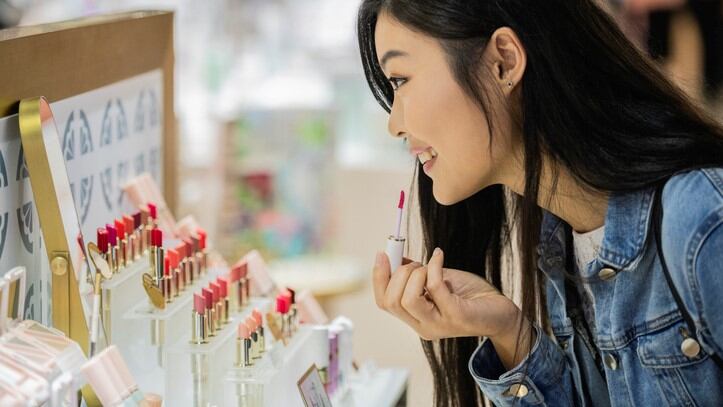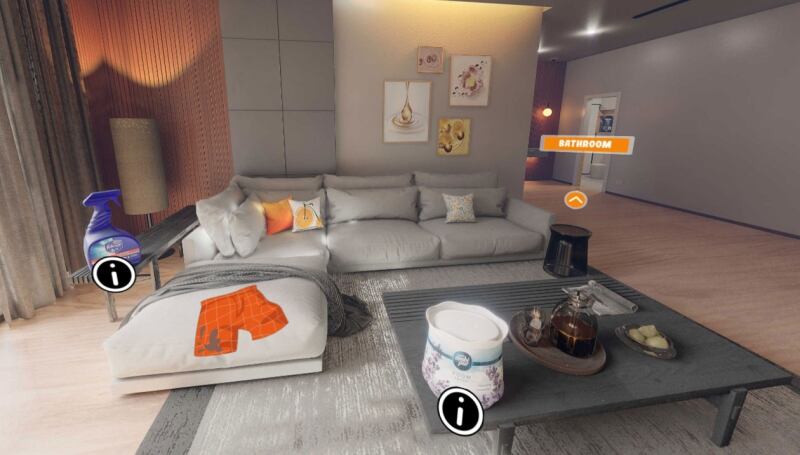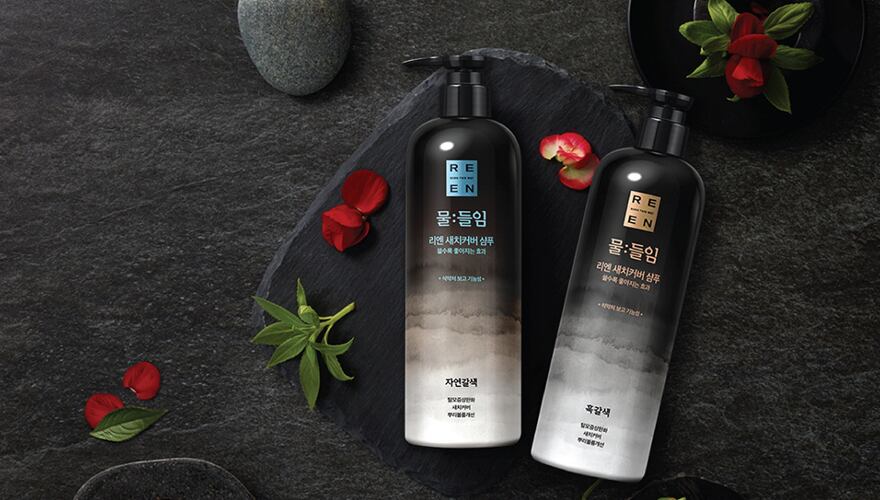As more countries loosen COVID-19 restrictions, more consumers are returning back to stores. Buy Now, Pay Later (BNPL) platform Atome has observed that offline sales make up the lion’s share of transactions for its merchant partners, which include Sephora, MAC Cosmetics, Innisfree and Augustinus Bader.
Approximately 60% to 65% of sales are generated through offline transactions, said Vangie Hu, Atome’s vice president of marketing told CosmeticsDesign-Asia.
“There has definitely been a dramatic recovery in footfall as we see crowds returning back in certain malls. Offline and mall shopping is still a key social activity, especially in South East Asia.”
According to the firm, 70% of its customers are aged between 20 and 40 years of age. However, while this group of consumers are returning to stores, their basket sizes tend to be smaller.
Additionally, 60% of these consumers prefer to use debit cards even though they hold or are eligible for credit cards. The reasoning is that younger professionals have become more careful about spending, said Hu.
Even though basket sizes are getting smaller, Hu pointed out that conscious shoppers are seeking out beauty products of higher quality. As such, it is seeing high demand for its BNPL services in the sector.
“Flexible BNPL services give consumers options and convenience when it comes to managing budgets and purchasing.”
The time away has created pent-up demand from consumers, resulting in comforting signs of brick-and-mortar recovery. However, this is only the beginning.
“Retail footfall is still not fully back to pre-pandemic levels. One reason is that tourist arrivals are still down, especially with the Chinese not being able to travel. The other is the macro environment and inflation and consumers are being a bit more conservative – they could be in the malls but not necessarily buying as much,” said Hu.
While the company is optimistic about the recovery, Hu added that retailers must work to keep up with the “ever-increasing pace of change”.
She said: “As lockdowns lifted and malls were able to open again, offline retail began to recover gradually, and retailers saw the need to juggle and adjust to new consumer behaviours.
“Consumers are starting to take into consideration which products they feel comfortable buying online; which items they would like to head down to the store to try, feel and buy; and also, which products they would want to test or try in the store before comparing prices and purchasing them online, sometimes while still being in the store.”





